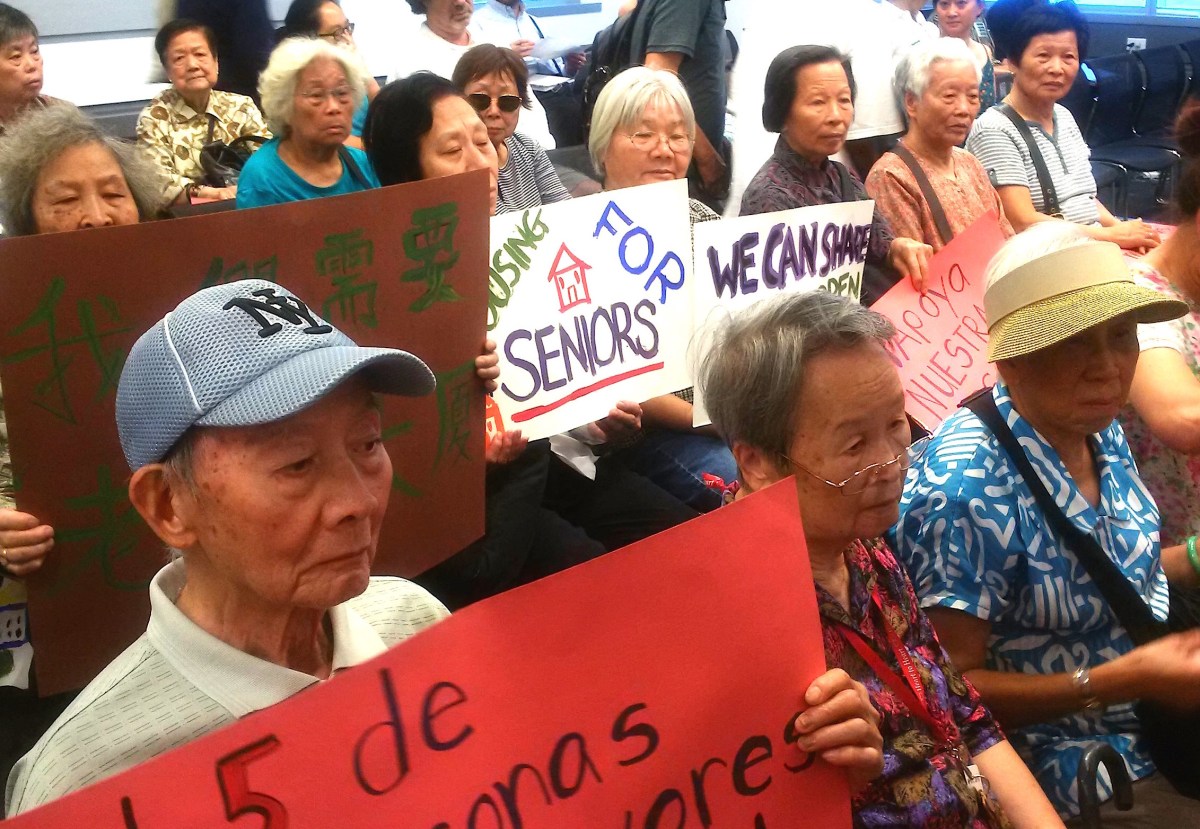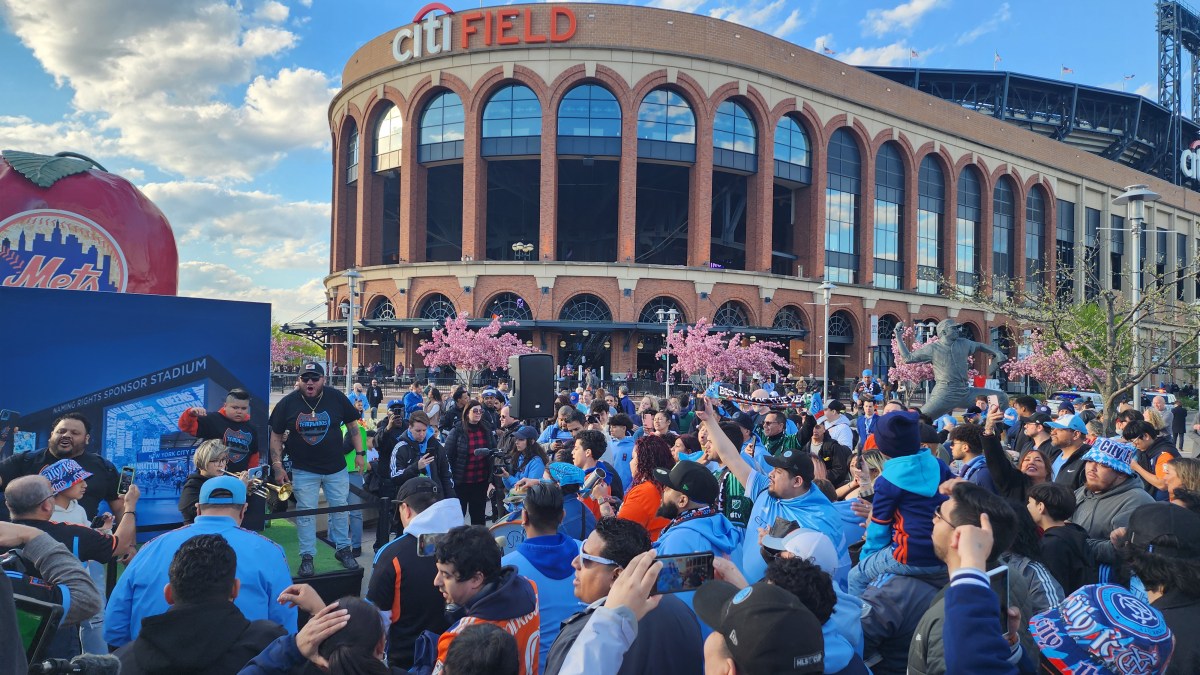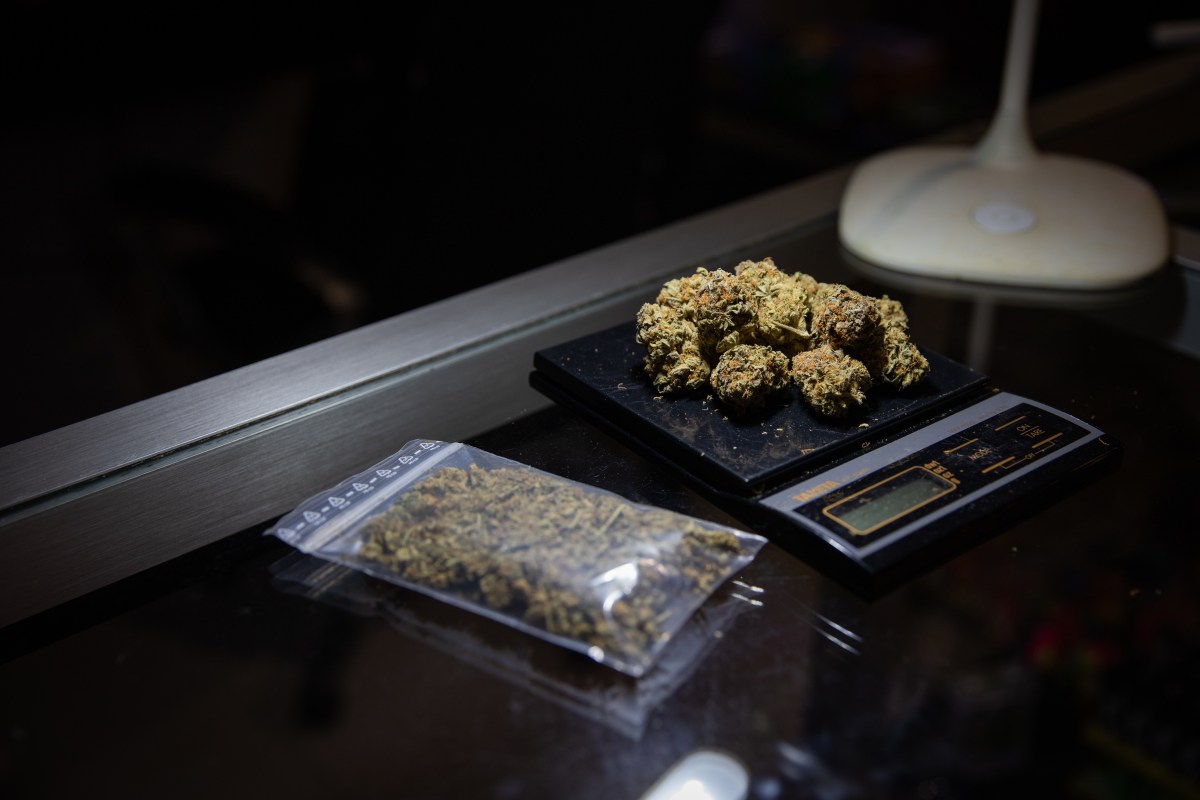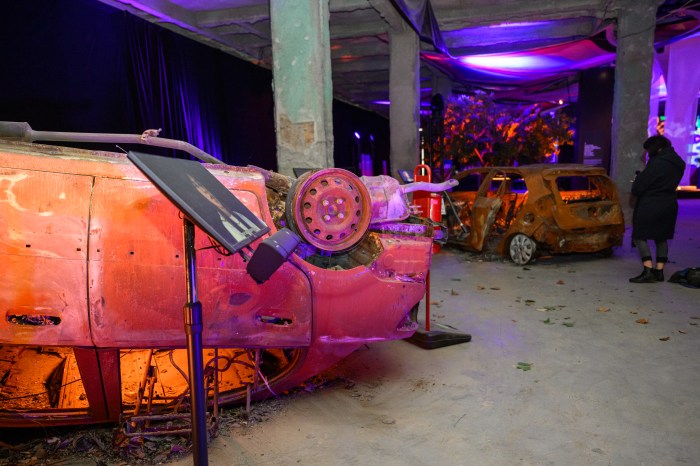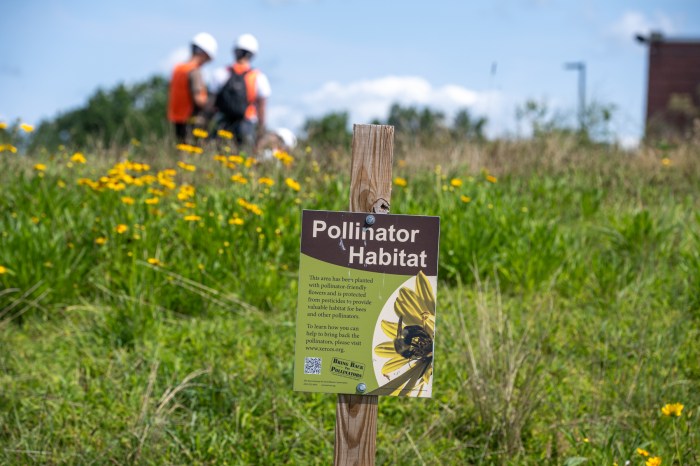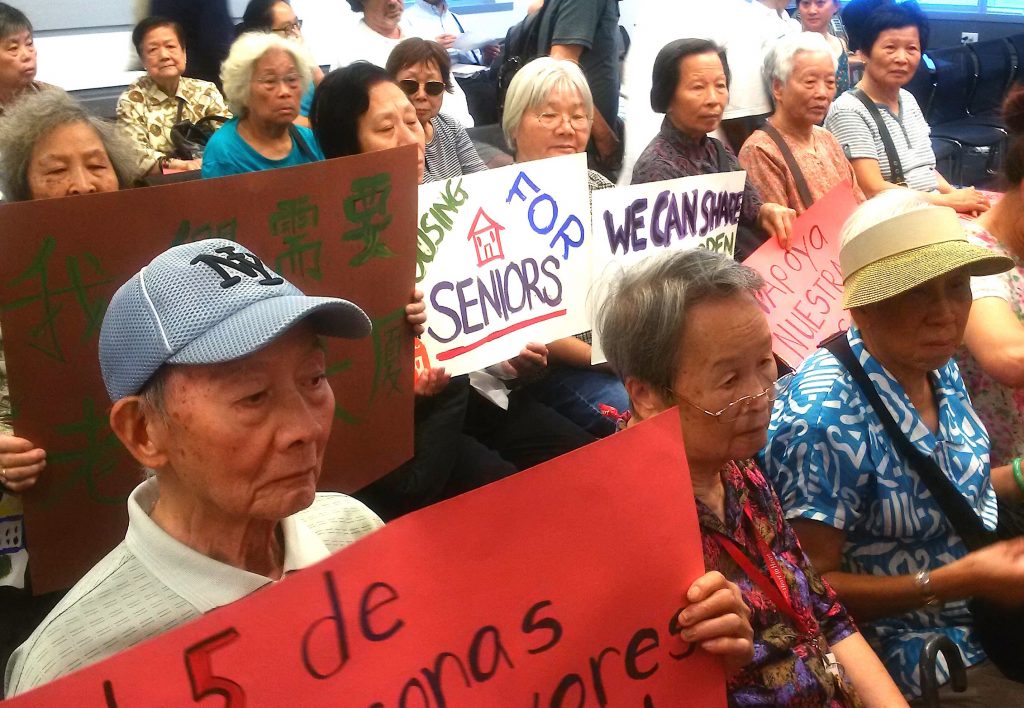
BY JOSH ROGERS | You can’t say there’s a flood of 9/11 money again, but the faucet is back on.
The evidence was clear last week as a few hundred people — some well-connected, others far from the public eye — waited to make their pitch to the Lower Manhattan Development Corp. for a slice of a new $50 million fund.
Madelyn Wils, a former L.M.D.C. board member who now heads the Hudson River Park Trust, stood in line at the Fiterman Hall elevators with large diagrams of her hopes to open up the rest of Tribeca’s Pier 26. The Economic Development Corp., the agency in charge of city-owned land, is usually in the power position, but on Sept. 17, the corporation sent a representative hat in hand to ask for $17 million to make more improvements to the East River waterfront, including a playground on Pier 42.
Fifty million is a far cry from the nearly $2.8 billion federal grant the L.M.D.C. received from Congress after 9/11 to help Downtown rebuild. It is not at all clear that the $50 million is the corporation’s “last” to be allocated.
As far back as 2006, it appeared that all of the money had been set aside for specific uses, but in the subsequent years, unused funds were often rediscovered, like in 2010, when $200 million was left over in a fund set up to compensate utilities for 9/11 damage.
State Sen. Daniel Squadron, one of many to show up last week, told David Emil, the corporation’s president, that it was good news to see so many community members come.
“I’m with you,” Emil replied. “I am very happy to see this kind of turnout.”
Many came to support or oppose a $6 million city request to build affordable housing on a community garden at 21 Spring St. [See related article, this page], but there were other requests for parks, museums and other cultural uses.
Squadron spoke on behalf of himself and U.S. Sen. Chuck Schumer in support of the Pier 42 playground and other enhancements, which need a $7 million L.M.D.C. grant.
The state senator is also backing more money to construct the long-awaited Performing Arts Center at the World Trade Center, and a $4.8 million request from the South Street Seaport Museum to open more classroom and community space
The Battery Conservancy hopes for a $6 million grant to help construct a large, 1.4-acre playground in the space formerly known as Battery Park.
Wils from the Trust said $10 million would be enough to open about 2.5 acres of closed space on Pier 26 and complete a “vision that is over 20 years old” for Hudson River Park.
She said she already has $20 million for the $30 million project, $10 million of which is from a private donor. The donor is apparently not a Tribeca celebrity, since Wils told Downtown Express the person does not live in the neighborhood, nor is it Barry Diller, who has pledged $113 million to Hudson River Park for new open space on Pier 55.
The L.M.D.C. had already granted over $200 million for the East River waterfront and the Tribeca section of the Hudson Park. The corporation’s criteria for new grants explicitly allows for money to complete previously funded projects.
The applications will be reviewed by a three-member working group, which includes two L.M.D.C. board members — Catherine McVay Hughes, chairperson of Community Board 1, and Peter Wertheim from the mayor’s office — and Alexis Offen, a vice president of the Empire State Development Corp, the L.M.D.C.’s parent agency.
The L.M.D.C.’s board is divided equally between appointments of the governor and mayor, and all money spent must benefit Manhattan south of Houston St. Allocations must ultimately be approved by the U.S. Dept. of Housing and Urban Development.
Other large requests include over $10 million from the Downtown Alliance for tree and other improvements to Water St. and its LMHQ center; $1 million from the 9/11 Memorial to continue the Tribute in Light for three more years; and $2.5 million to complete the Jackie Robinson Foundation’s long-delayed museum on Canal St.
Rachel Robinson, widow to the baseball legend who broke the color line, came to the hearing looking a few decades younger than her 93 years. She did not speak, but received hearty applause when her presence was announced.
“Thanks for coming,” Emil the L.M.D.C.’s president, told her. “He was truly a great American and we are honored to have you here.”
The corporation’s board hopes to vote on the grants this year.



